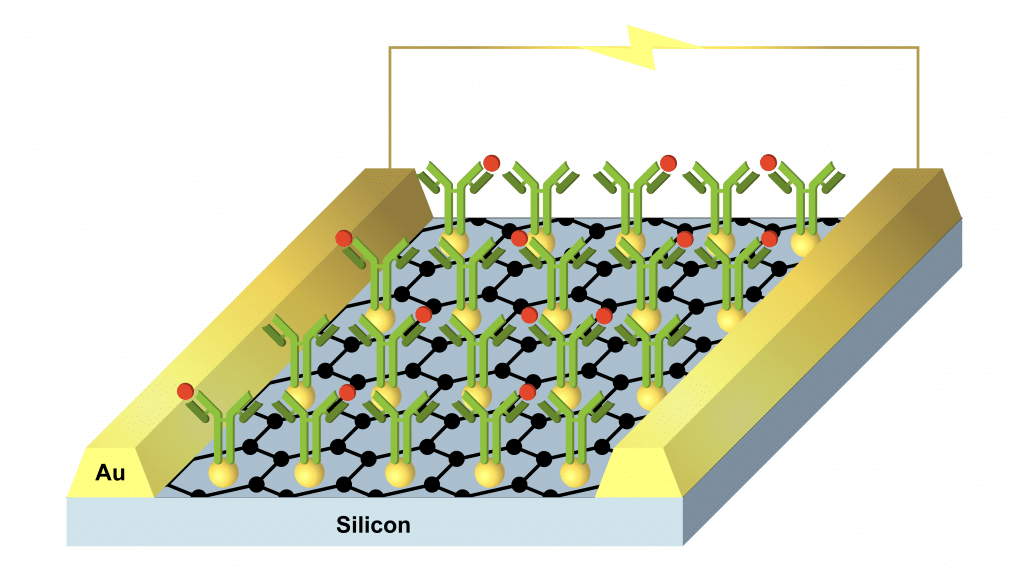Chemical & Biosensor Chips: CNTs, Graphene & More
A biosensor is an analytical device which is usually used to detect a chemical substance. They combine a biological component with a physicochemical conductor and are usually constructed of three segments; sensor, transducer and associated electrons.
Biosensor chips consist of an array of distinct biosensors that can be individually monitored and used for the analysis of numerous analytes. The interaction of the analyte with the bioreceptor is created to produce an effect recorded by the transducer which translates the information into a measurable effect such as an electrical signal. Biosensors and biochips can be classified either by their bioreceptor or their transducer type.
There are three generations of biosensors currently on the market. In the first type, the reaction of the product disperses to the sensor and creates the electrical reaction. In the second type, the sensor uses certain mediators between the sensor and the response to cause an optimal response. In the third type, the response causes the reaction and no mediator is directly involved.

The growing advancements in the biosensor field have progressed the technology of biosensors to cater to full-scale diagnosis on microchips, bedside diagnostics, reduced cost and faster diagnostics.
Silicon Biosensor Chips
Square chips of silicon are both easy to use and convenient. Polished silicon is smooth, enabling high resolution imaging for AFM and SEM applications.
Silicon Biosensor Chips Coated with Metals or Silica
Some silicon chips are coated with gold (Au) or platinum (Pt) which are >99.99% pure metals. Gold provides high conductivity, and the transparent substrate allows for optical imaging of the sensing layer.
Electronic Biosensor Chips
Molecular electronic sensor chips integrate single molecules as electrical sensor elements on standard semiconductor chips, meaning electronic biosensor devices are massively scalable. Electronic biosensor chips have been slowly adopted in DNA sequencing and other areas of testing.
Graphene Biosensor Chips
Since scientists discovered graphene, a flexible two-dimensional form of graphite, in 2004, researchers across the globe have been working to produce commercially scalable applications for this high-performance material.
Graphene is between 100 and 300 times stronger than steel, possessing maximum electrical current density orders of magnitude greater than copper. This means graphene is the strongest, thinnest and most reliable electrically conductive material on the planet and is an extremely promising material for use in biosensor chips in computers and other electronic devices.
Carbon Nanotube Chips
In recent years, scientists have developed the largest computer chip made from carbon nanotubes which can conduct electricity at super-fast speeds. Researchers hope to use carbon nanotubes in future computers as they conduct electricity faster and more efficiently than silicon does.
Applications of Biosensor Chips
Biosensor chips can be used to check and control ecological pollution in agriculture and food. Biosensor chips can also be used in wearable technology such as smartwatches, used to monitor heart rates and oxygen saturation. Platypus technologies are experts in the field of chemical and biosensor chips. Contact us today for more information.